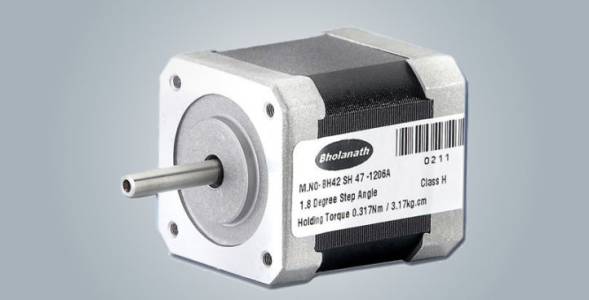
Stepper motors are electromechanical devices that convert digital input pulses into precise angular movements. Unlike traditional DC motors, stepper motors move in discrete steps, providing exceptional positional accuracy and repeatability. This makes them ideal for applications requiring precise control and positioning, eliminating the need for complex feedback mechanisms found in other motor types.
Key Features & Benefits:
Types of Stepper Motors:
We offer a variety of stepper motor types to meet diverse application needs:
Specifications to Consider When Selecting a Stepper Motor:
Applications:
Contact us today to discuss your specific application requirements and find the ideal stepper motor for your project. We offer a wide selection of high-quality stepper motors and related accessories to meet your needs. Our expert team can assist you in selecting the right motor and provide technical support to ensure successful integration into your system.